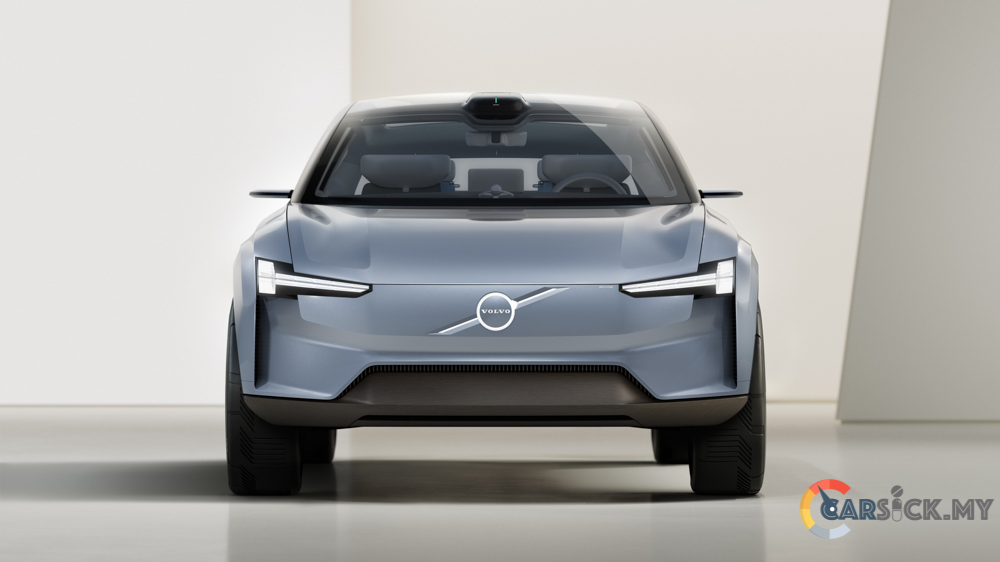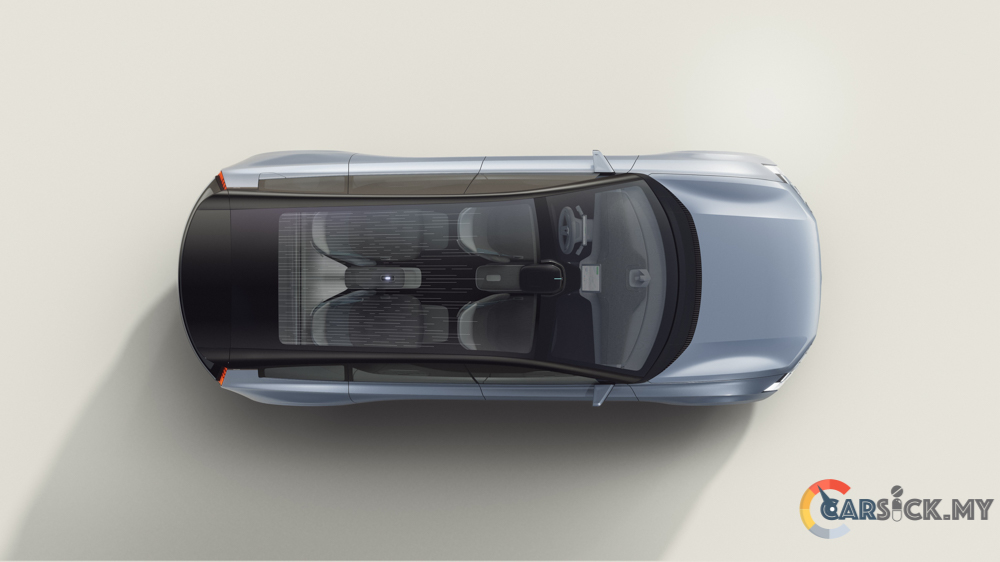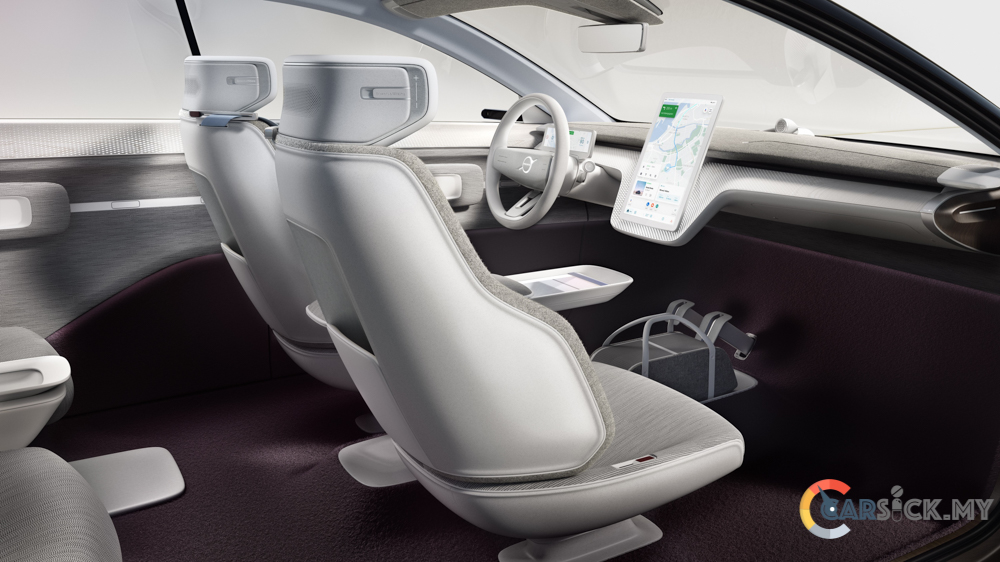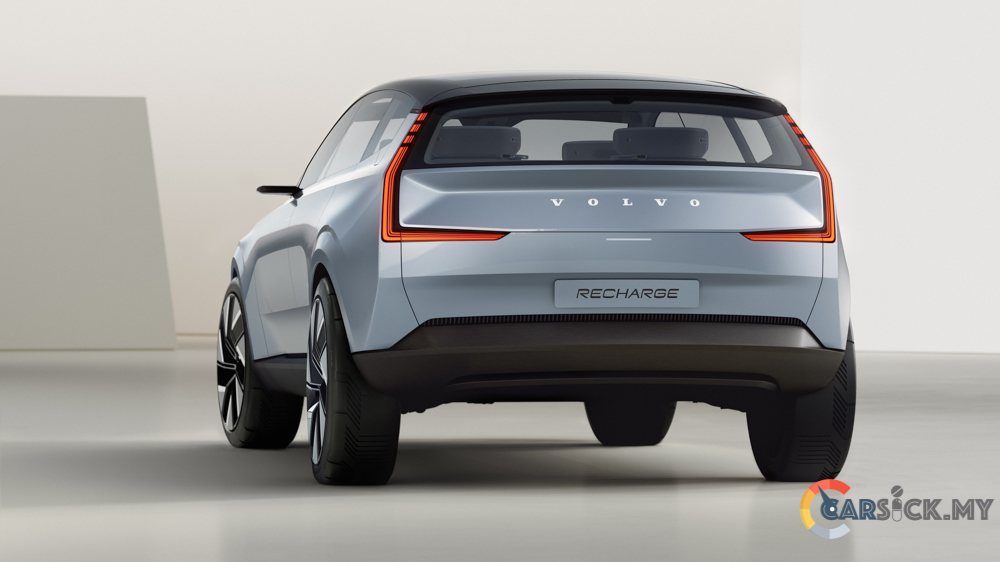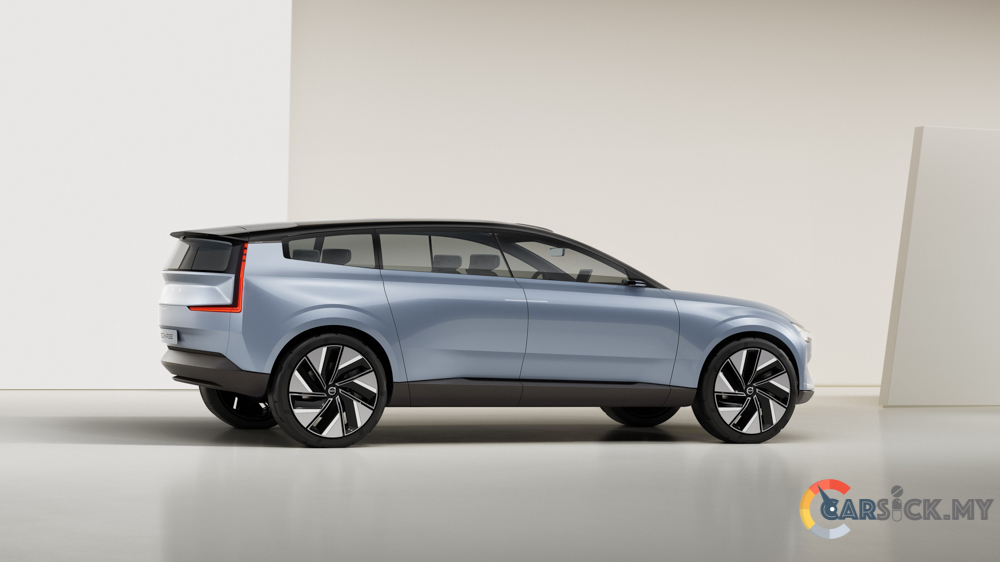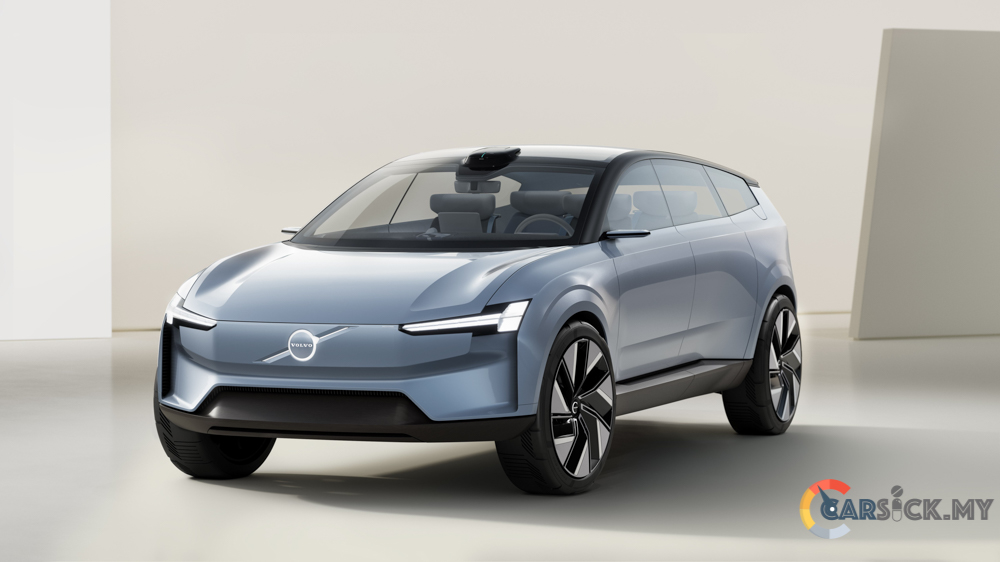In the recent Volvo Cars Tech Moment, Volvo Cars lay out their future technology roadmap for Volvo’s direction in the transition towards a fully electric premium car future. During the event, Volvo has invited representatives from Google, Luminar, Northvolt and NVIDIA to contribute at the event.
- Volvo Cars to uses real time date to improve safety standard
As a company that pride themselves on safety, Volvo will be developing the next generation safety system from real-life data. The data will be provided by customer cars in real time if customers choose to share data and help Volvo Cars. The data will come from the high-resolution LiDAR delivered by technology company Luminar on the customer’s car.
With the data, this will help Volvo Cars engineers to validate and verify autonomous drive (AD) features quicker, and to promote a safe roll-out of AD technology. In the long run, these verified updates will be updated on to customer’s car over-the-air for customers to enjoy these updates. In order to process these data, Volvo Cars and Zenseact are investing in a data factory that will contain more than 200 PebiBytes (225 million gigabytes) of data within the next few years. 
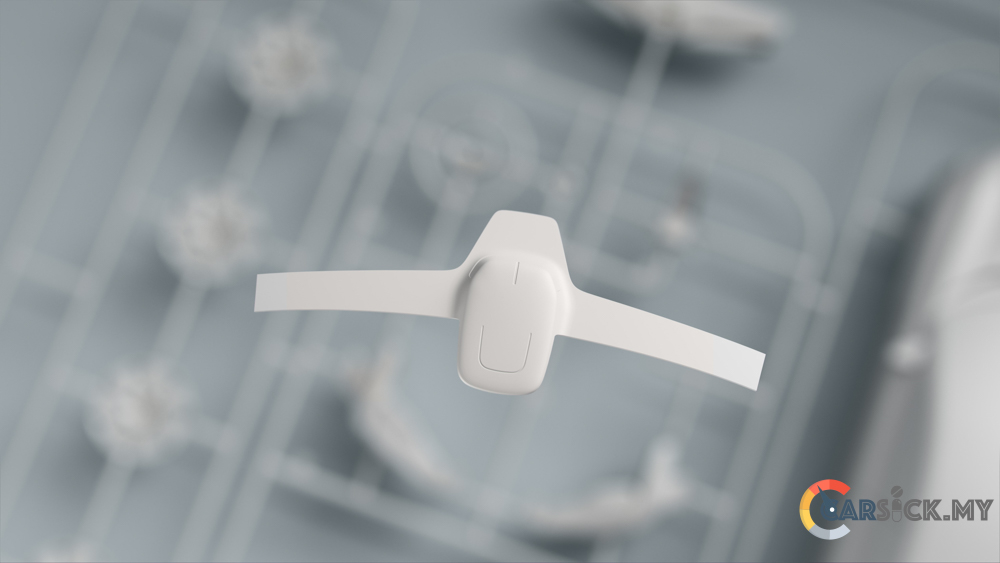
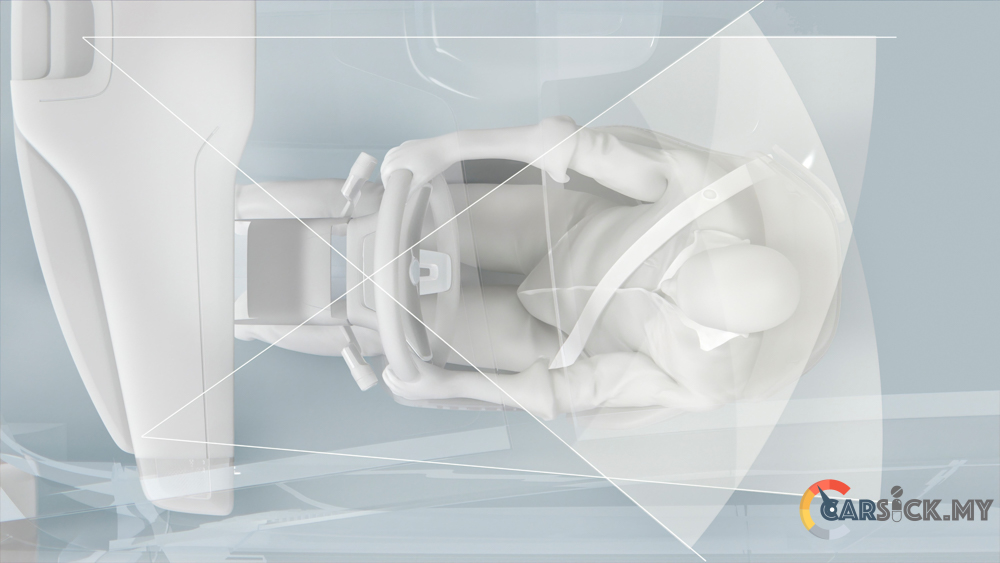
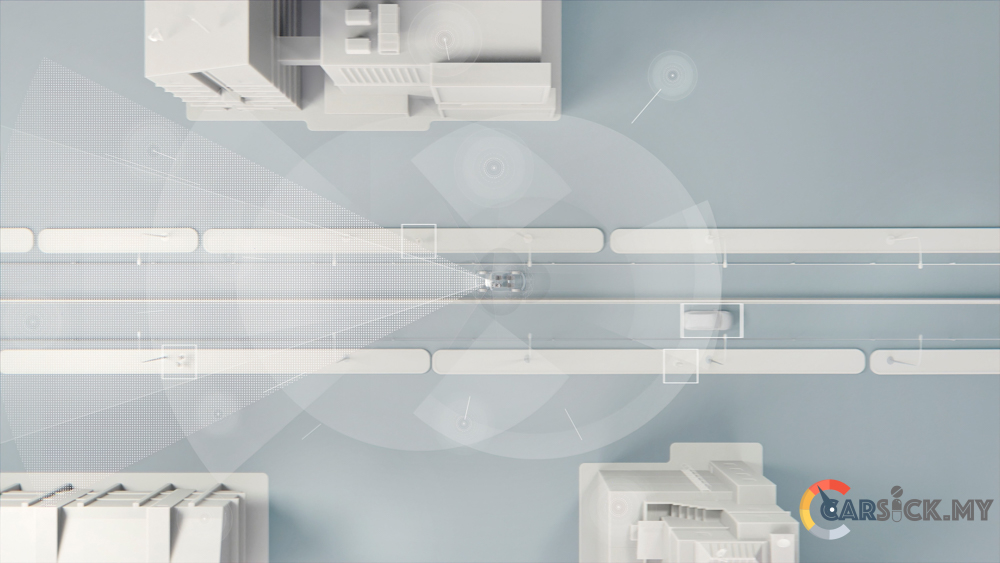
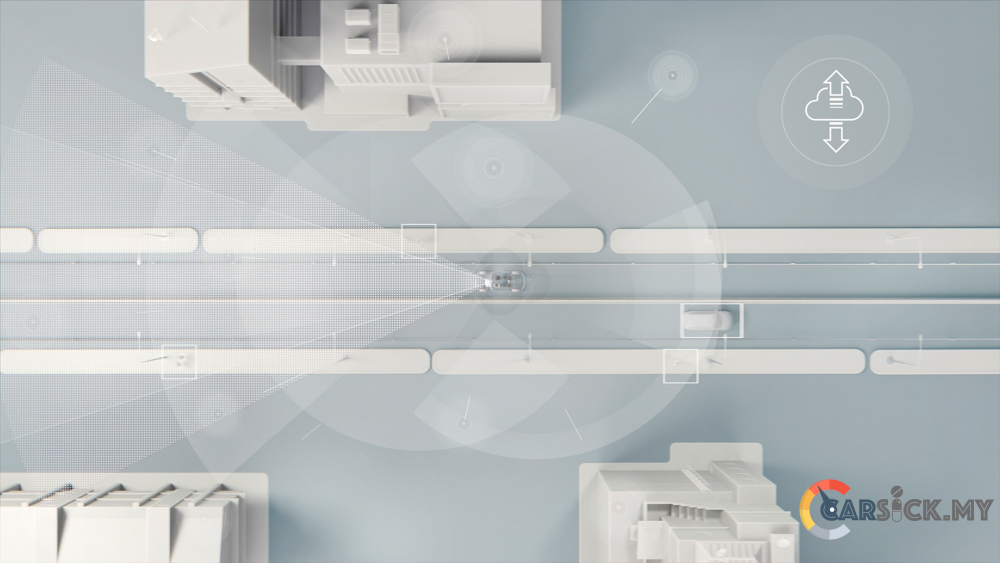
- In-house developed Volvo operating system to power future Volvo cars
In order to ensure all the software-driven functions and features to run harmoniously, Volvo Cars has taken software development into their own hands. The newly developed operating system, VolvoCars.OS, will act as an umbrella system for electric Volvo cars. This new operating system will incorporate various operating systems such as Android Automotive OS, QNX, AUTOSAR and Linux.
Through a variety of application programming interfaces (APIs), the VolvoCars.OS gives developers access to in-car features such as vehicle sensor data, user interfaces and cloud-based features such as fleet data, subject to customer consent. The new OS will be running on a core computing system, which will be jointly developed with NVIDIA to support artificial intelligence, general computing and infotainment. 

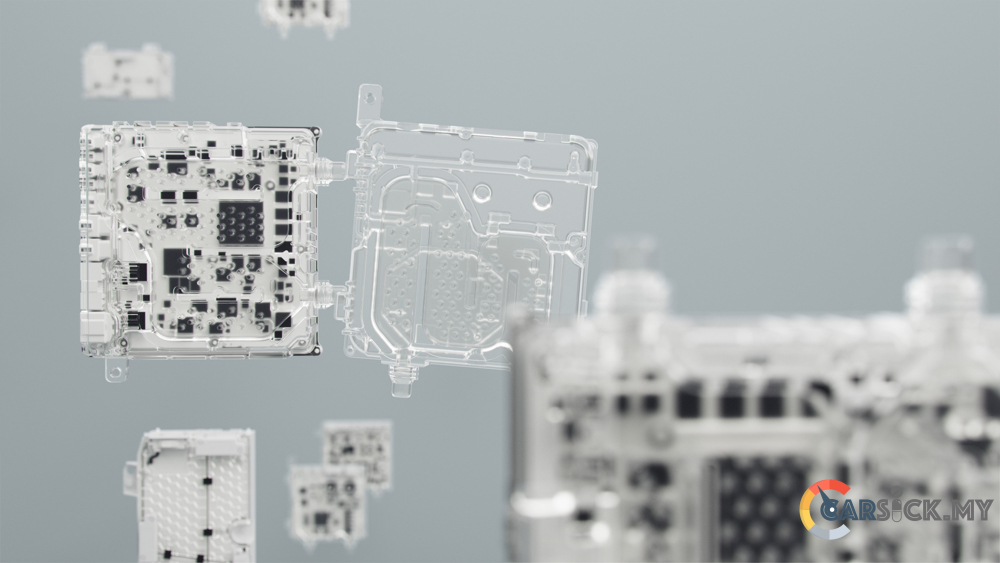
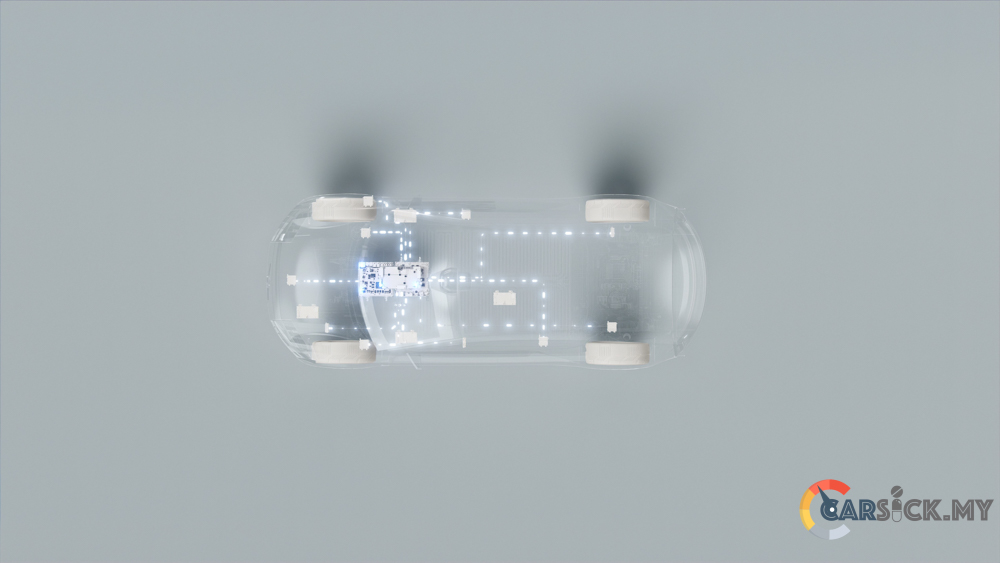
- Next generation battery to provide range and fast-charging for Volvo electric cars
As more and more cars are moving towards electric vehicle, Volvo Cars is aiming to focus on longer range and faster charging times for the next generation battery. The next generation battery will be an improvement lithium-ion battery technology, and will now be integrated into the floor of the car to provide stiffer chassis and improved efficiency.
For the next generation battery, Volvo Cars will be working with leading Swedish battery company Northvolt to further increase the energy density in its battery cells by up to 50 per cent compared to current generation battery. Volvo is aiming to break the 1000 Wh/l energy density milestone, in order to achieve 1000 km of real driving range. 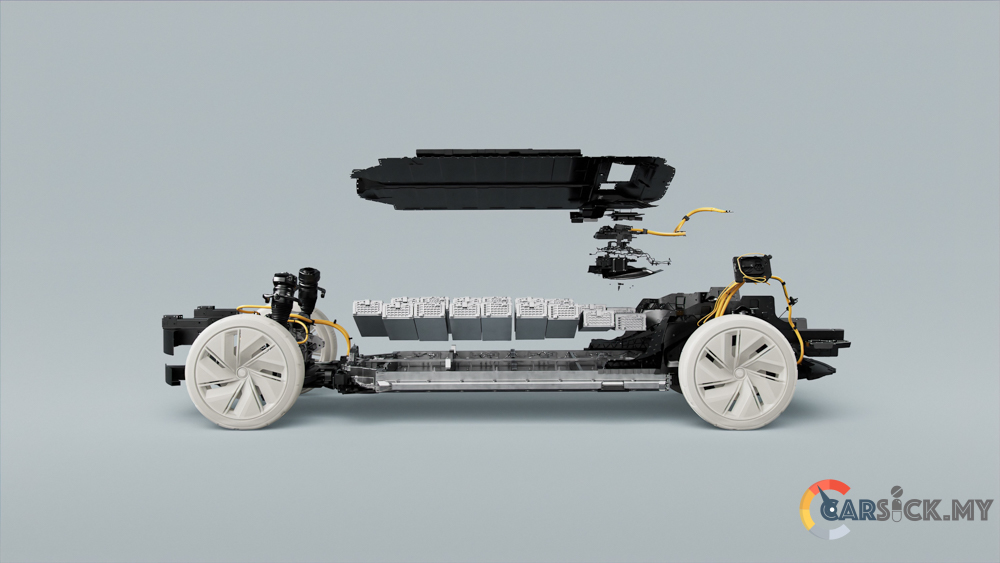
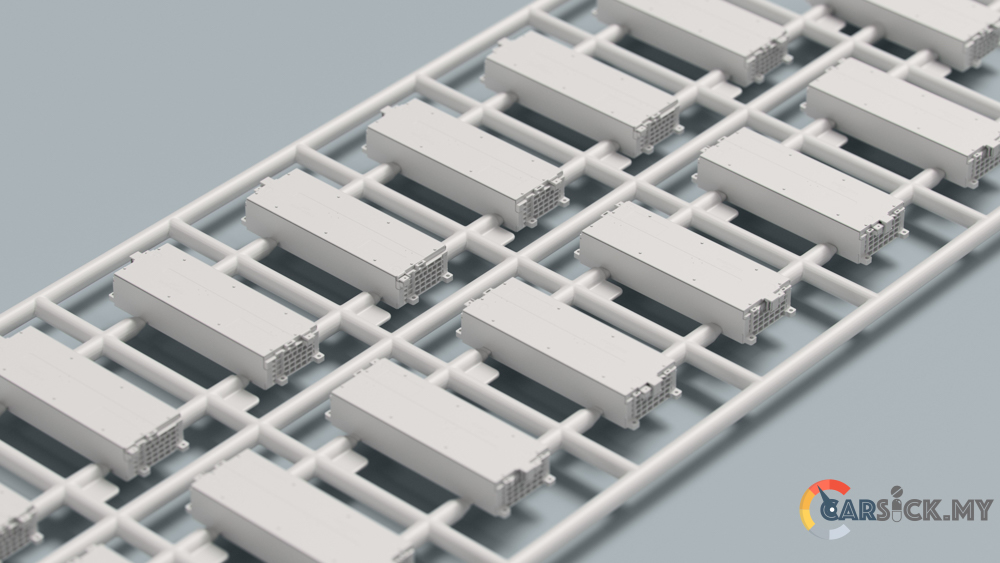
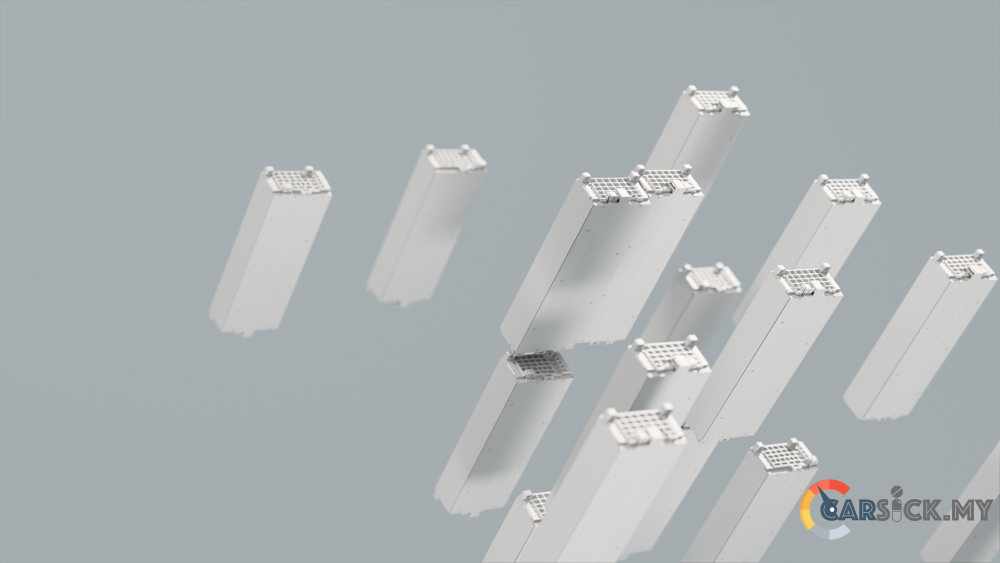
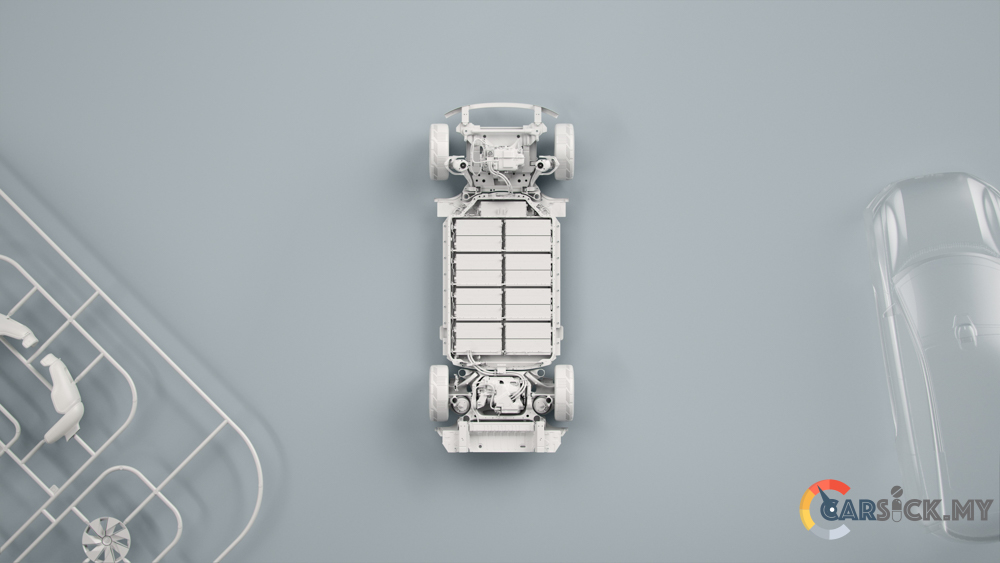

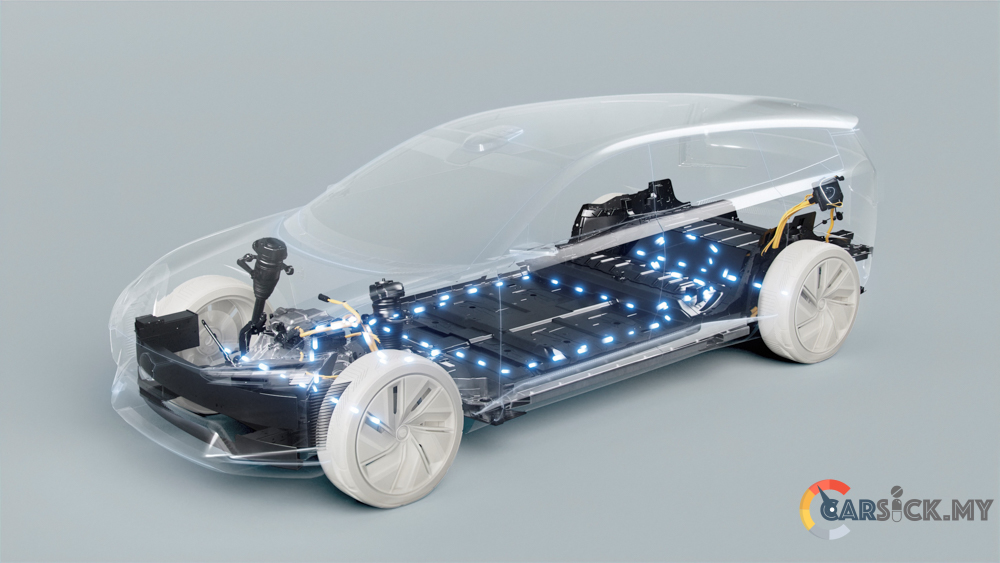
- Next generation user experience in collaboration with Google
Volvo Cars customers can look forward for a simple, serene and seamless user experience. With the introduction of VolvoCars.OS, it will work hand-in-hand with the Android Automotive OS and being display on a new in-car display approach. This partnership between Volvo Cars and Google will see both companies to put emphasis into simplicity to optimise safety.
Future Volvo cars will also come with a large, centralised touch screen that provides rich content, easy-to-see information and responsive interaction. For the drivers, there is a high-resolution driver information screen gives the driver the most relevant information related to driving, such as speed and battery levels. A heads-up-display helps keep key information in front of the driver without having to glance away. 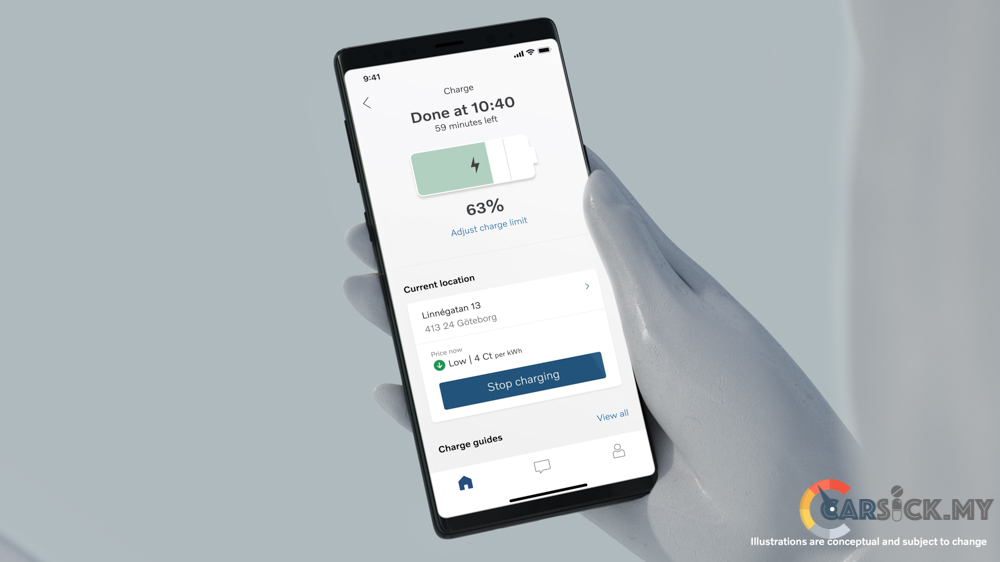
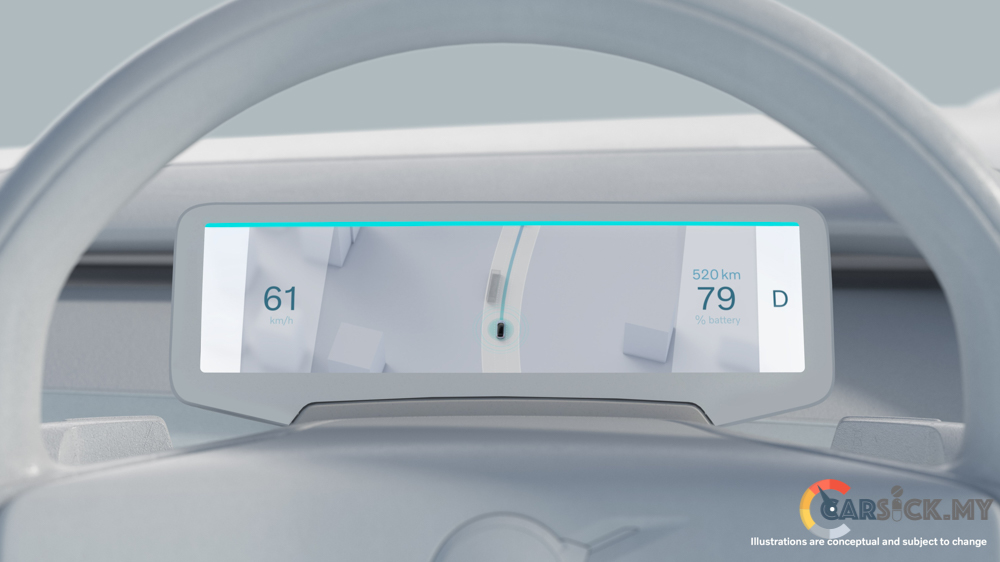
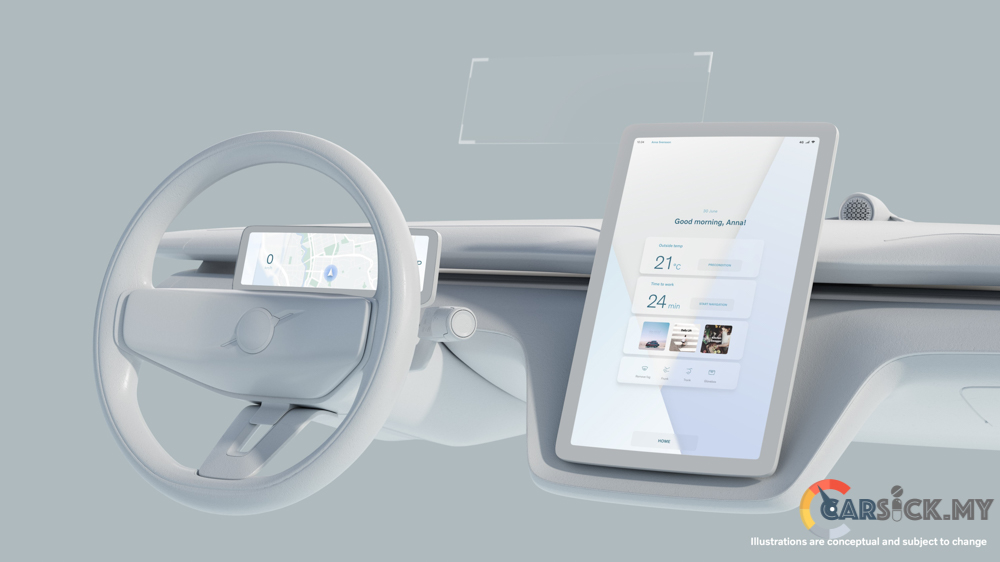
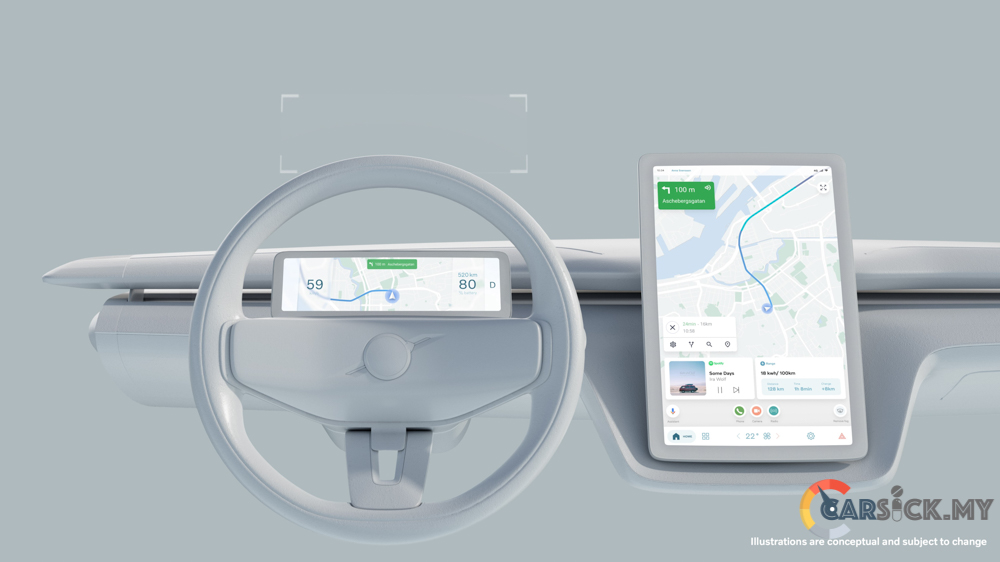
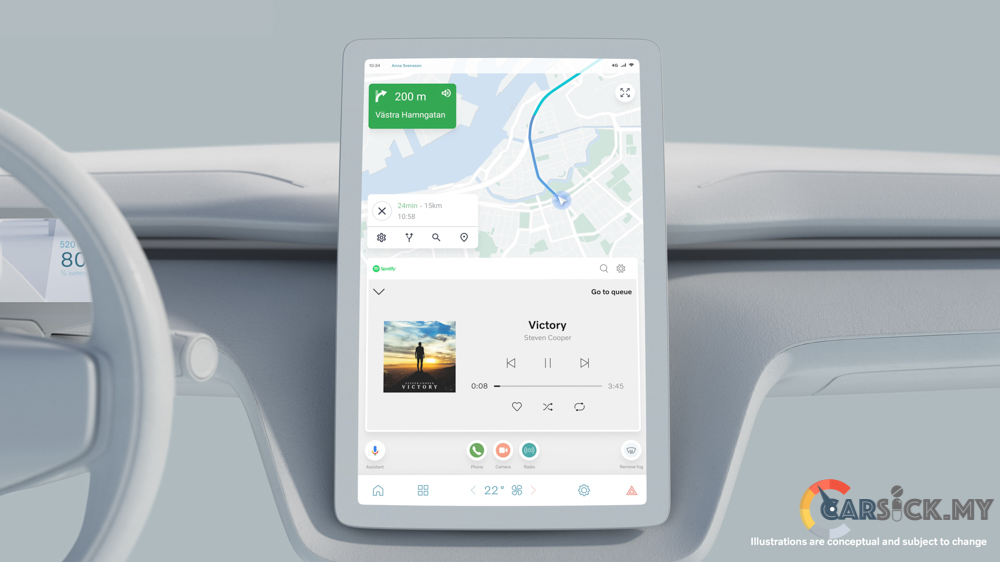

- Volvo Concept Recharge
Lastly, Volvo Cars showcase a new concept car called the Volvo Concept Recharge that incorporated with the above mentioned next generation technology. It’s meant to showcase Volvo’s next generation full electric car, which is Volvo’s first new electric-only technology base SUV.
By removing the engine and replacing it with a full battery pack under the flat floor, the designers have extended the wheelbase and the wheel size of the car. The result is shorter overhangs, as well as a lot more interior space including a large storage area between the front seats.
In the Concept Recharge these advancements have led designers to reposition the seats, optimise the roof profile and lower the hood of the car while retaining the high eye point beloved by drivers of cars like the Volvo XC40, XC60 and XC90. This approach creates efficiency gains in aerodynamics compared to a typical SUV, which improves range.
The traditional grille has been replaced with a shield-like structure, supported by a new interpretation of Volvo Cars’ Thor’s Hammer headlight design. These include the latest HD technology-enabled pure graphic which open at night to reveal the main lamp units. While the rear has the signature vertical rear lamps connect to the brand’s strong design heritage.
For the interior, the flat floor provides more space and a better seating position for all those inside the car. While a large, 15 inch standing touch screen is the centre of a new and improved user experience with the next-generation connected infotainment system.
Finally, the Concept Recharge also reflects Volvo Cars’ safety ambitions in coming years. A LiDAR sensor, built Luminar and a critical part of Volvo Cars’ plan for forthcoming safe autonomous drive technology, is placed in an optimal position on the roof to collect data on the environment around the car. 